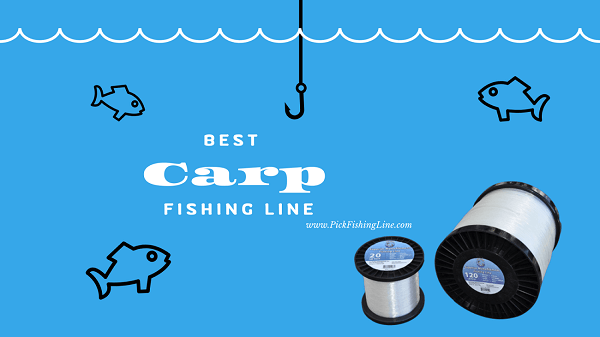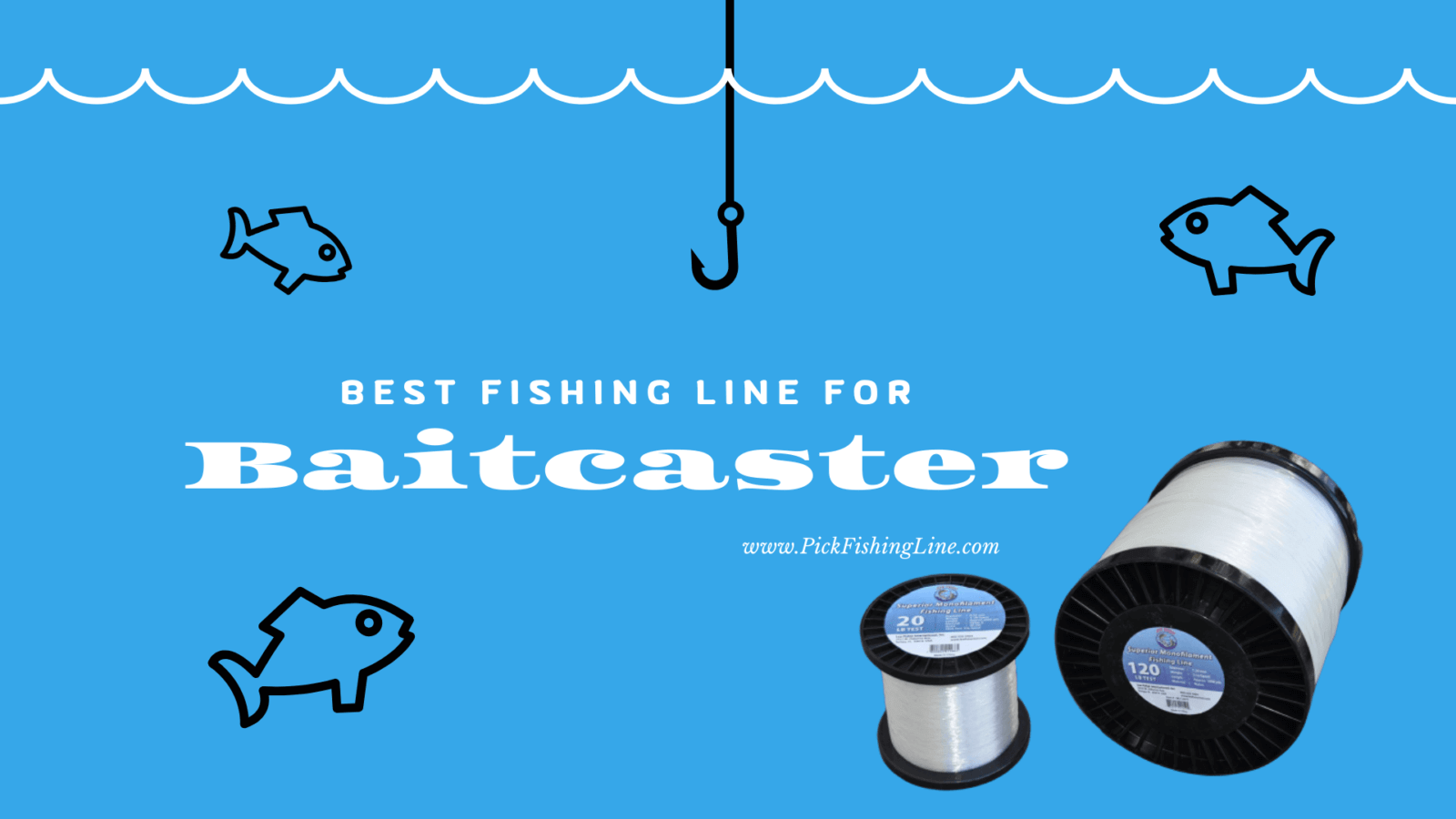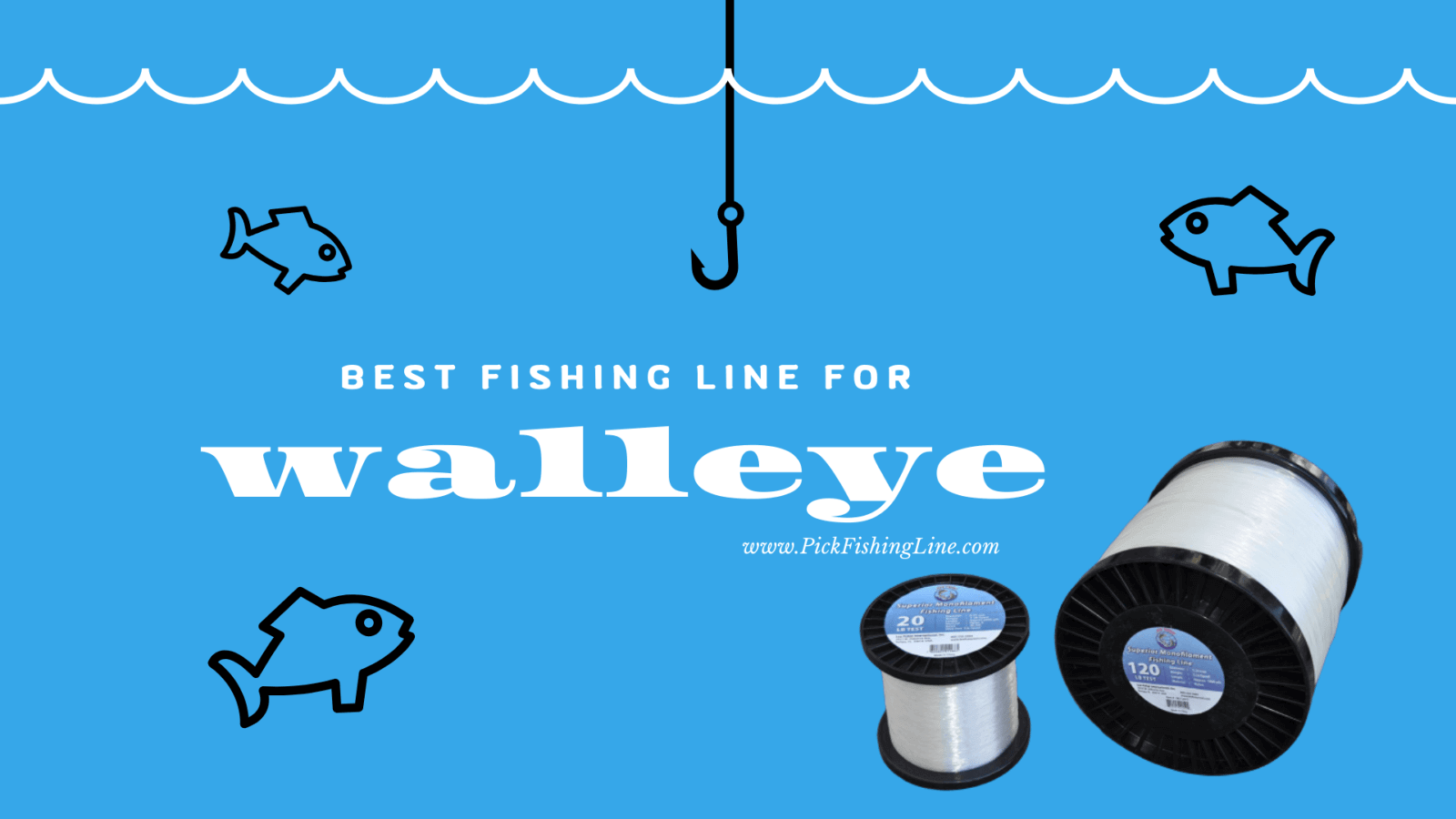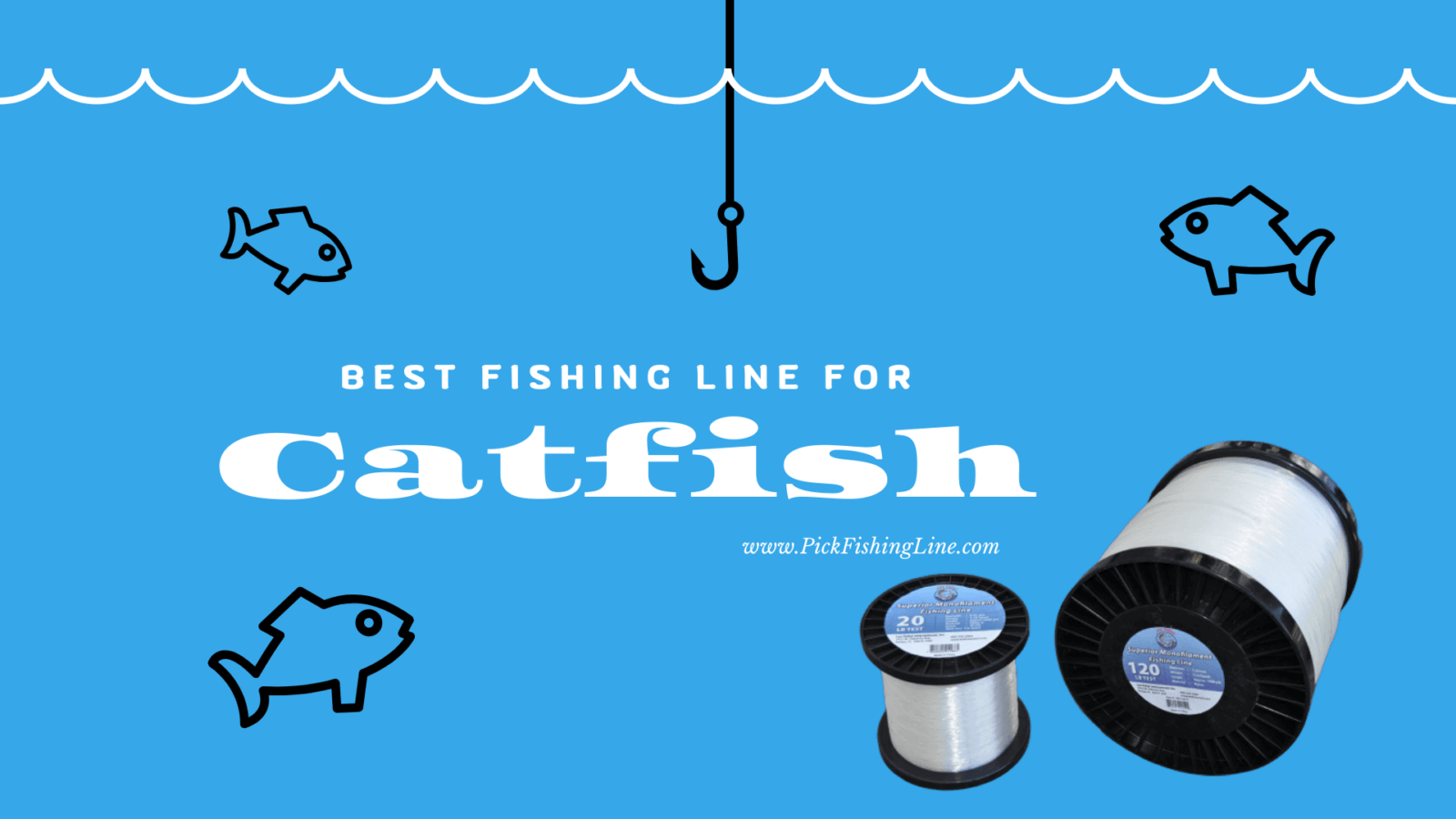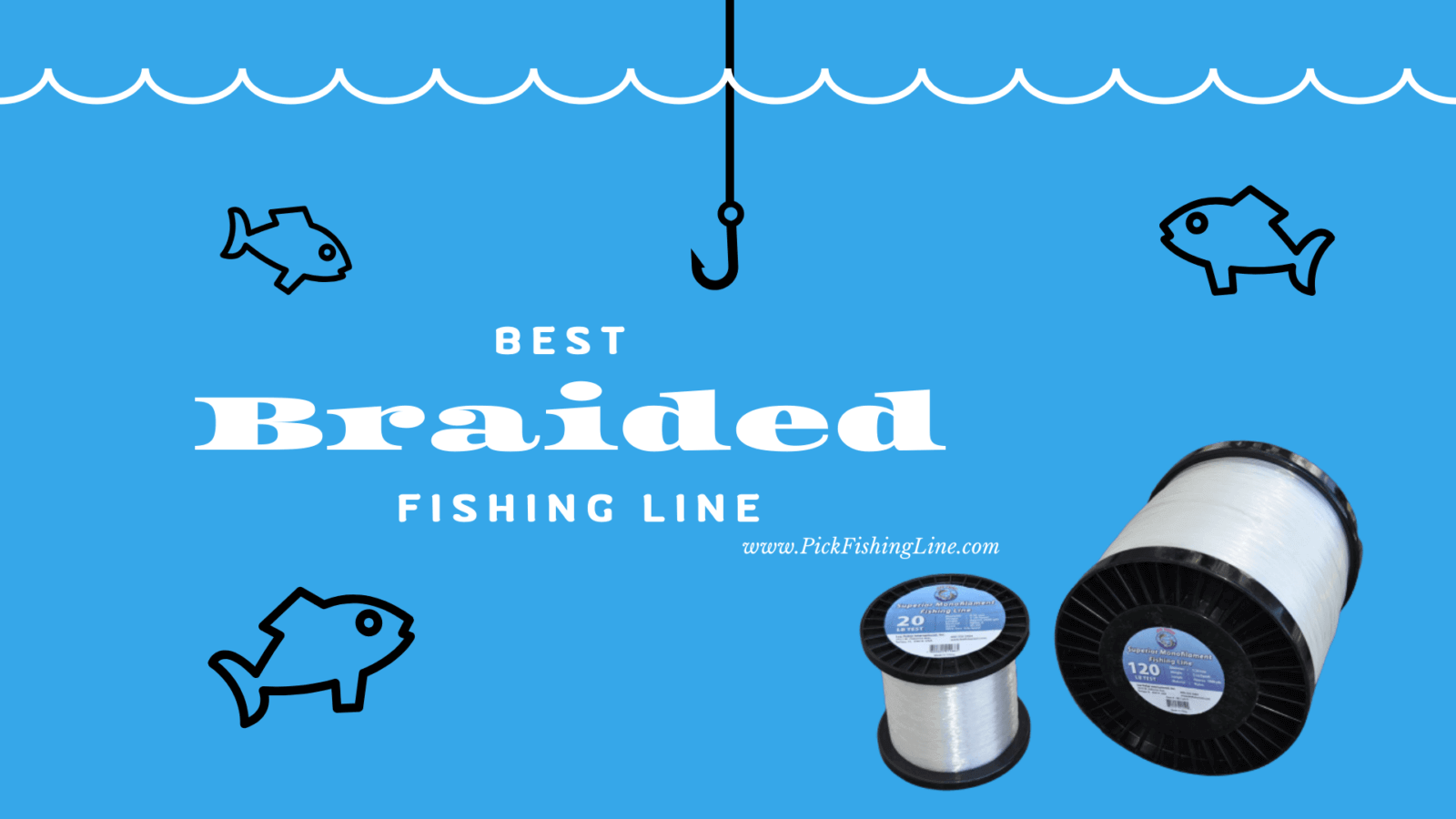Fishing with Clear Fishing Line
When we talk about stealth fishing, we’re diving into a tactic that’s all about being unnoticed by the fish. This is where the clear fishing line comes into play. It’s practically invisible underwater, making it a top choice for anglers aiming to trick wary fish. With a clear line, you can present your bait or lure without spooking your target, increasing your chances of making a successful catch. This approach is particularly useful in clear waters, where fish are more likely to spot and avoid traditional, more visible lines. So, adopting clear lines could very well up your fishing game by making your setup as inconspicuous as possible to the fish.
Why Choose Clear Fishing Line Over Others?
Clear fishing line stands out for its ability to blend into the water, making it nearly invisible to fish. This invisibility is a game-changer because it significantly reduces the chance of spooking your target and increases your catch rate. Unlike colored lines that can be seen under the water, clear lines maintain a low profile, fooling even the most cautious fish. Moreover, this type of line offers versatility across various water conditions, be it clear, murky, or anything in between. Weather conditions or water clarity won’t limit your fishing success as much. Additionally, the durability and strength of high-quality clear fishing line mean you worry less about line breaks or damage, allowing for a smoother, more reliable fishing experience. Investing in a good clear line could mean the difference between a regular day on the water and an exceptional haul.
The Science Behind the Visibility of Clear Fishing Lines
When you’re out fishing, the goal is to trick the fish, not give yourself away. That’s where the science of clear fishing lines comes into play. The idea is simple: you want your line to be as invisible as possible underwater. Clear fishing lines are designed to blend in with the water, making it harder for fish to spot. This invisibility trick is all thanks to how light interacts with the line. Water has a different refractive index than air, which means light bends differently when it moves from air into water. Clear lines, made from materials like monofilament or fluorocarbon, are crafted to have a refractive index close to water’s. This similarity helps the line disappear underwater. Monofilament lines, made from a single strand of material, are a bit easier on the wallet and have been the go-to choice for years. Fluorocarbon, on the other hand, is the stealth master. It’s almost completely invisible underwater due to its closer refractive index to water, making it perfect for trickier fish. However, it’s a pricier option. So, when you’re picking out a fishing line, think about the type of fishing you’ll be doing. Clear lines give you the upper hand, making your bait or lure the main attraction, not the line it’s tied to. Keep in mind, the clearer the line, the sneakier you can be, making your fishing trips more successful.
Selecting the Right Thickness and Strength for Your Clear Fishing Line
Selecting the right thickness and strength for your clear fishing line is crucial. It’s not just about what you see; it’s how you use it. Thicker lines can hold more weight, making them perfect for bigger fish but they’re also more visible underwater. On the flip side, thinner lines are less noticeable to fish, offering a stealthier approach, but they can break easier with heavy catches. Here’s the deal – for light fishing, in clear waters, you want a thin line, around 4-6 pounds test. This setting is mostly for small fish, offering both stealth and sufficient strength. If you’re after medium-sized fish, you might want to up the game to an 8-12 pounds test. It’s still relatively stealthy and gives you a good balance. For the big guys, you’re looking at 15 pounds test or higher. Yes, it’s more visible, but when you’re wrestling with a heavyweight, you’ll need that strength. Remember, the right line not only helps you catch the fish but also tricks them into thinking they’re just going after their next meal. Simple as that. Keep it sleek, keep it strong, and the fish will be none the wiser.
Tips for Mastering Casting Techniques with Clear Lines
To master casting with clear fishing lines, first, remember it’s all about precision and practice. Start by choosing a lighter line for smaller fish and a heavier one for the big guys. A clear line means the fish won’t see it, but you need to cast it just right so it lands gently on the water. Practice your casting in an open space, aiming for accuracy over distance at first. Use your wrist more than your arm for a smoother motion. Each time you cast, focus on keeping the line straight and avoiding knots. And here’s a pro tip: watch the weather. Clear lines can be tougher to see in bright conditions, so overcast days can make it easier for you to see what you’re doing without spooking the fish. Remember, mastering clear lines won’t happen overnight. Keep practicing, and soon you’ll be casting like a pro, hitting your spot every time with a line the fish won’t even know is there.
The Role of Knot Strength When Using Clear Fishing Line
Knot strength is key when you’re using clear fishing line. Here’s the deal, if your knot is weak, your line’s as good as broken the moment a fish decides to take a bite. Think about it, you’ve got this invisible line, right? It’s perfect for fooling the fish, but if your knot gives up on you, that’s game over. You need to focus on tying strong, reliable knots that can handle the tension. Whether it’s a simple Clinch knot or the more advanced Palomar knot, mastering these will make sure that clear line doesn’t just vanish with your catch. And remember, practice makes perfect. The more you tie, the better your knots will hold. So, don’t let your fishing trip sink because of a weak knot. Tie it tight, make it right, and keep that fish on the line.
Essential Gear and Accessories for Successful Stealth Fishing
To ensure success in stealth fishing, choosing the right gear and accessories is non-negotiable. High-quality clear fishing lines play a crucial role, but it’s just the start. You’ll also need a lightweight rod that allows for gentle, precise casts, reducing the chance of scaring fish away. Pair this with a sensitive reel for better control over your line. Furthermore, consider investing in camouflage clothing or at least colors that blend well with the environment. This reduces your visibility to the fish. Don’t forget a good pair of polarized sunglasses; they not only protect your eyes but also reduce glare off the water, making it easier to spot fish. And finally, quiet, non-obtrusive small bait and lures mimic natural prey effectively, drawing fish in without alarming them. With these essentials, you’re set for a successful stealth fishing adventure.
Techniques for Maximizing Stealth with Clear Line in Various Water Conditions
Maximizing your stealth with a clear fishing line boils down to understanding the water you’re fishing in. A clear line is invisible underwater, right? Not always. Light and water clarity affect how visible your line is to fish. Here’s how to use this to your advantage:
1. Choose the right line weight: In clear water, go for a thinner line. It’s less visible. But, balance is key. Too thin, and you risk the line breaking.
2. Match the light conditions: On sunny days, light penetrates deeper, making lines more visible. Early mornings or late afternoons, when the sun is low, your line’s practically invisible. Use this time to your advantage.
3. Consider water type: In freshwater, colors and visibility differ from saltwater. Murky water? Your clear line’s an asset, almost invisible. Crystal clear water? That’s when you need to be extra careful with line weight and casting shadows.
4. Stealthy casting: It’s not just about the line but how you use it. A smooth, gentle cast can prevent those fish from spooking. It’s like being a ninja with your rod – precise, quiet, and undetectable.
5. Adjust your technique: Sometimes, it’s about outsmarting the fish. Switch up your retrieval speed, add slight pauses, make your lure’s movement unpredictable. It’s not just the line that needs to be stealthy, but your lure’s behavior too.
Remember, the goal is to make your fishing setup as invisible as possible to the fish, more about finesse than force. Adapt these techniques to your local waters, and you’ll see the difference. Happy stealth fishing!
Maintenance and Care Tips for Prolonging the Life of Your Clear Fishing Line
To get the most out of your clear fishing line, simple but consistent maintenance is key. Start by wiping down the line after every use. This removes salt, dirt, and other particles that can wear it down over time. Use a clean, soft cloth and a bit of freshwater. Avoid harsh cleaners; they can damage the line. Next, check for nicks and frays regularly. Even the smallest imperfection can weaken the line, leading to that big one getting away. If you find damage, don’t hesitate to replace that section of the line or the whole thing if necessary. Storage is equally important. Keep your fishing line out of direct sunlight and away from high temperatures, as UV rays and heat can degrade it. Ideally, store it in a cool, dark place. When not in use, loosely coil the line to prevent kinks and twists that could compromise its strength and flexibility. By following these simple steps, you ensure your clear fishing line remains invisible and invincible against whatever you’re hoping to catch.
Conclusion: Elevating Your Fishing Game with High-Quality Clear Fishing Line
By now, you surely understand the game-changing role that high-quality clear fishing line plays in stealth fishing. It’s not just about making your line invisible to the fish but enhancing your overall fishing strategy. Investing in a good clear fishing line can significantly increase your chances of a successful catch without alarming underwater life. Remember, the goal is to blend into the aquatic environment as seamlessly as possible. Besides the invisibility factor, high-quality clear lines are durable, offer better sensitivity to fish bites, and reduce the likelihood of tangling. Embracing this level of subtlety in your approach can transform an average fishing trip into a series of memorable catches. So, if you’re serious about elevating your fishing game, making the switch to a high-quality clear fishing line is a move worth considering. It’s a simple change that can bring profound results, keeping you one step ahead of your underwater adversaries.


